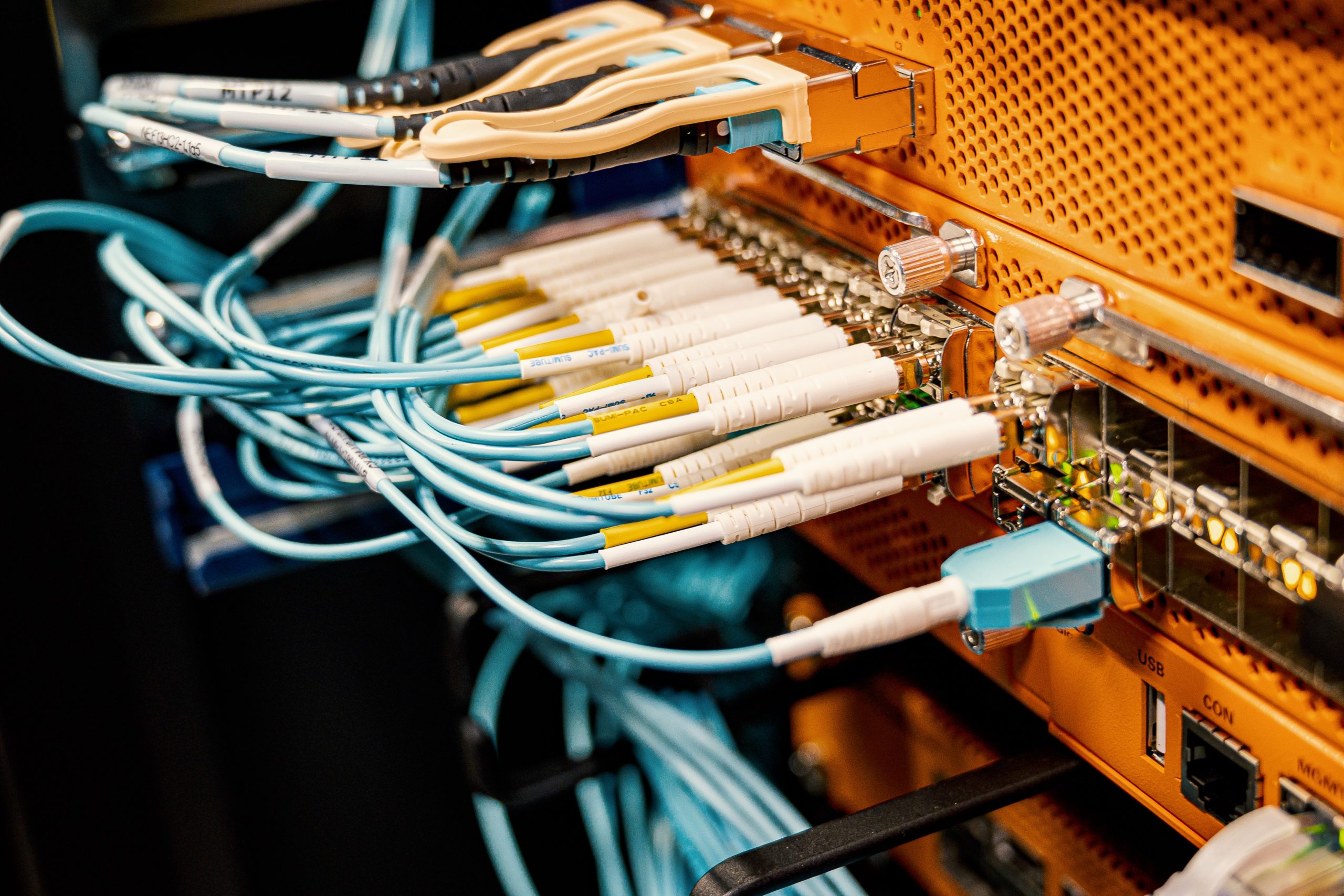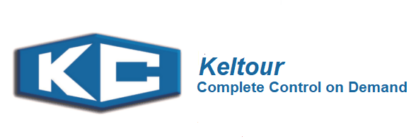Rockwell Automation PLC Hardware System
What is the difference between a safety PLC and a standard PLC?
When it comes to controlling and automating your industrialized equipment, a programmable logic controller (PLC) is used to improve and optimize your day-to-day operations. However, what a lot of businesses don’t know is that there are different types of PLCs, namely safety PLCs and standard PLCs. So, which one do you need for your business? Well, before we can determine this, we first need to break down the differences between a safety PLC and a standard PLC, which we have done so throughout this article. Therefore, before reaching out to the specialized team at Keltour, keep reading for more information.

FAQ
What is Rockwell Automation PLC?
Rockwell Automation is a multinational technology firm that specializes in industrial information and automation solutions. The Programmable Logic Controller (PLC), a category of computerized devices used in industrial automation systems to streamline and automate manufacturing as well as industrial procedures, is one of their core products. A Rockwell automation PLC hardware system is intended to make industrial operations more productive, dependable, and safe. They can be programmed to regulate machines and equipment, manage manufacturing processes, and monitor sensors and other devices, among other things.
What is a safety PLC?
A safety PLC, also known as a Safety Programmable Logic Controller, is a type of PLC that is intended to provide augmented and integrated safety functions in control systems for industrial use. Safety PLCs are usually employed in situations with a high risk of injury or equipment damage, such as industrial production, process improvement, and other industrial applications.
One of the crucial features of a safety PLC is its capacity to track and regulate safety-related functions such as emergency shutdown circuits and safety interlocks. Safety PLCs are intended to meet particular safety standards and regulations, which demand a substantial degree of dependability and effectiveness from safety systems. Safety PLCs are typically equipped with highly specialized computer software and hardware that allows them to perform integrated safety functions with high levels of precision and reliability. To ensure proper operation, safety PLCs may include repetitive computation modules, fail-safe inputs and outputs, and self-checking features.
Does Rockwell make PLCs?
Yes, Rockwell Automation is a major producer of Programmable Logic Controllers (PLCs) and other automated production devices. Rockwell Automation offers an extensive selection of PLCs, such as compact controllers, modular systems, and safety PLCs, that are employed to monitor and regulate machinery and procedures in a broad range of manufacturing applications. ControlLogix, CompactLogix, MicroLogix, and PLC-5 are some of the most popular Rockwell Automation PLC solutions available. Furthermore, Rockwell Automation offers a variety of software services and tools to support PLC programming and integration, including software programs, diagnostic equipment, and training courses for businesses.
What is the standard of PLC system?
A standard PLC system consists of a number of parts that collaborate to regulate and track production methods or industrial equipment. Some of the critical parts of a standard PLC system are as follows:
- PLC hardware includes the PLC, which is a highly specialized automated device that receives data from different sensors as well as different devices and output data to regulate motors and other hardware. PLCs are available in a wide range of sizes and configurations, ranging from small, compact control systems to large, modular coordination systems.
- Input/Output modules are components that link to the PLC and provide inputs from various devices, such as sensors as well as outputs to actuators and other machinery. I/O modules can be digital or analogue, and they can be installed either directly on the PLC or offsite.
- Programming software is used to develop the logic that regulates the PLC. Programming software typically has a visual user interface for generating ladder logic illustrations, function blocks, and other automated production computer languages.
- Communication interfaces link the PLC to other system devices, such as human-machine interfaces (HMIs), supervisory control and data acquisition (SCADA) systems, in addition to other PLCs.
What is the Difference Between Standard and Safety PLCs?
Now that you have a better idea between a standard and safety PLC let’s take a closer look at some of the differences between the two:
- Their purpose: Standard PLCs are intended to manage and oversee manufacturing processes and industrial equipment, whereas a safety PLC is designed to provide improved safety features and protect equipment from injury or damage in hazardous situations.
- Their safety functions: Safety PLCs are intended for monitoring emergency shutdown circuits and control safety systems. Standard PLCs lack this type of safety relay and are not intended to undertake crucial safety functions.
- Their safety standards: A Safety PLC is designed to meet specific safety requirements and regulations. These safety relays essentially demand a high degree of dependability and performance from safety-related systems. Standard PLCs are not certified to the same safety standard.
- Their features: Safety PLCs usually have specialized software and computer functionalities that enable them to carry out safety-related operations. To ensure proper operation, a safety PLC may include redundant computation modules, fail-safe inputs and outputs, and self-checking features. These innovative safety PLC features are not available in standard PLCs.
All in all, a safety PLC is a vital component in modern safety-critical systems and has a substantial part in guaranteeing the safety of industrial operations. Standard PLCs perform essential management and control functions, but they are not intended to undertake the same threshold of safety-critical activities as a safety PLC.
At Keltour Controls Inc., we offer a wide selection of control systems that tailor to the unique needs of our customers. From PLC control panels and custom control panels to variable frequency drive panels, power distribution units, and more, we are dedicated to offering leading solutions to industrial manufacturers and businesses. We follow stringent safety and operational regulations and have a proven track record of success you and your business can count on.
